It seems like most companies redesign their website every year or so.
New trends gain steam, so they want to be more ‘contemporary’ or ‘flat.’
Or new color schemes are en vogue. So every site you visit looks Asana-bright.
Everyone now wants to update their site on the same regular basis.
I love experimenting with new color schemes and trends, too.
Except for one tiny thing.
I hate redesigns.
Design updates are good. They allow you to incrementally make improvements to make sure your site is up-to-date.
But full-scale redesigns?
Where you completely overhaul the site architecture and page content?
You should avoid those like the plague.
I know that sounds surprising. But I’m going to share a few examples of how and where website redesigns go bad.
Especially when it comes to destroying all of the hard-earned SEO rankings you’ve built up over time.
Site architecture changes cause you to lose links.
There are hundreds of rankings factors for SEO.
But backlinks still reign supreme.
External links have been considered ‘votes’ since the beginning of (internet) time. Their quantity, diversity, and authority pass the most influence to raise your position in the SERPs.
Internal links don’t count for as much value. However, they do have a direct influence over someone’s website experience.
I’ll explain.
In 2011, Google Panda was released. It was one of the first reported cases where Google confirmed the use of qualitative factors.
They used a survey with questions like:
- Would you trust information from this website?
- Is this website written by experts?
- Would you give this site your credit card details?
- Do the pages on this site have obvious errors?
- Does the website provide original content or info?
- Would you recognize this site as an authority?
- Does this website contain insightful analysis?
- Would you consider bookmarking pages on this site?
- Are there excessive adverts on this website?
- Could pages from this site appear in print?
And they had people individually rate different websites.
Fast forward a few years, and Google also started taking user behavior into account.
They don’t just want to rank websites based on links or content length. They also want to look at the overall experience of that website.
They want to make sure that people find what they’re looking for.
So the better experience visitors have, the more credit the site will get.
What’s one way to ruin an otherwise nice experience?
Broken links that derail someone’s path through your site.
When most companies redesign websites, they start messing with the site architecture.
They create new pages and ditch old ones. Or they take content from one page and add it to another.
Then, they switch up their menus and navigation schemes.
It seems harmless on the surface. The new experience might even be superior to the old one.
But what they don’t realize is that they’re often creating a TON of problems for SEO.
For starters, site architecture changes can ruin hub pages you’ve worked hard to build.
These are like clusters of related pages on your site. And they can help increase your perceived authority on those topics.
Page-level changes also create broken internal links throughout the site.
You know the drill. You try to click on a new page to find related information, only to be met by a 404 error.
One or two isn’t a big issue. Redesigns, however, often create a ton of them all at one time.
For example, let’s say you’re redesigning a hotel or ecommerce website.
Chances are, you’re using a detailed parent-child structure to organize pages.
That means you might have “Rooms” at the top, followed by the individual types of rooms underneath.
The problem is that these structures often changes over time.
Maybe you come out with new products or services. Maybe you migrate old rooms into new ones.
One seemingly small change can often create a ripple effect throughout your site.
It might make perfect sense to move your featured rooms up a level or two.
However, any changes to your URL structures doesn’t create one or two broken links.
It can literally create hundreds to thousands.
Take blogs for example.
Let’s say you’ve worked hard over the years to create hundreds or thousands of blog posts.
But when it comes time to move over to a new CMS during a site redesign, someone wants to remove the date strings from the URLs.
Heck, all it takes is literally a single click inside WordPress to update Permalink Settings.
So yes, it seems harmless.
I’ve actually seen this mistake time and time again.
Poor, unsuspecting business owners who have their entire websites practically break.
Tens of thousands of page URLs break overnight.
And you know what happens to their rankings?
They drop like a rock.
Fortunately, Google Search Console can help you spot broken links under the Crawl Report.
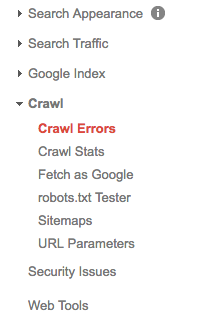
My favorite tool for technical SEO audits is Screaming Frog.
It will crawl every page on your site, uncovering tons of on-site SEO issues.
For example, you can start by looking for the “Client Error (4XX)” report under Response Codes.
Most of these will be 404 errors, when the status is reported as “Not Found.”
So far, we’ve been focusing almost exclusively on broken internal links.
But that’s not the only way redesign changes can affect your site links.
Think about it this way.
Older, high-authority pages or posts tend to acquire the most backlinks.
The highest value links are also the hardest to get. These include editorial links, for example, that come from journalists or other influencers.
That also means you can’t control them.
So when your page or post URL changes, you will lose all of those external links, too.
This, again, happens all the time.
Permalink updates, moving the blog from a subfolder to subdomain, or even just new product pages replacing old ones can force you to lose all those backlinks.
The best solution? Don’t change old page URLs!
At least, not if you can help it.
Otherwise, another way to side-step this problem is through setting up 301 redirects.
These are ‘permanent’ redirects, telling search engines that the new page has now replaced the old one.
The Quick Page/Post Redirect Plugin for WordPress is one of the most popular options.
It’s also incredibly easy to use. All you have to do is drop in the old “Request” URL and then direct it to the new “Destination” one. The only caveat is that redirects like these should be used sparingly.
What you don’t want to see, is something like this:
Loading up on too many 301 redirects can cause other unintended consequences.
And they’re usually a sign that there’s a bigger, underlying issue at play.
It means the site architecture has changed dramatically.
Here’s why too many redirects can also affect your SEO rankings.
Too many 301 redirects can cause slow page speeds.
“301” redirects have long been considered the best for SEO.
They indicate a ‘permanent’ change, as opposed to a ‘temporary’ one like a 302 gives off.
Either way, SEOs still feared that redirects would somehow limit the amount of PageRank that flowed through to the site.
Even Google’s own Matt Cutts once indicated some loss.
But in 2016, Google webmaster analyst, Gary Illyes, confirmed that all 3XX links pass full value:
30x redirects don't lose PageRank anymore.
— Gary "鯨理" Illyes (@methode) July 26, 2016
https://platform.twitter.com/widgets.js
Another Googler, John Mueller, confirmed the same findings.
Why does this all matter?
Because redirects are often now used to update websites to HTTPS. So some SEOs think this is Google’s way to help make sure people adopt it.
Last year, Google Chrome users started seeing new security warnings.
Previously, up to 70% of users would ignore website security warnings. So Google rolled out new ‘Not Secure’ messages for sites that don’t set-up SSL certificates.
Moving from HTTP to HTTPS isn’t as simple as you might think, though.
For example, you can just flip a switch inside Google Search Console to pick the ‘preferred domain’ of your site.
That way, you avoid potential canonicalization issues of your site recognized as two: a “www” and “non-www” option.
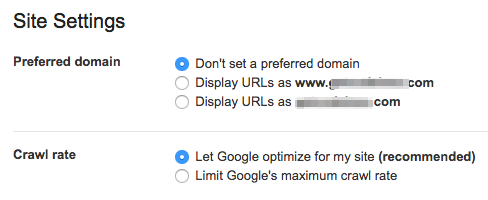
As discussed, any URL changes can cause you to lose links.
Architecture changes can break internal links. But you can also lose out on ‘link equity’ if sites link to HTTP and not the new HTTPS-version of your site.
Again, why are we harping on redirects?
Because too many can slow down your site’s performance.
And page speed has been officially confirmed as a ranking factor.
Kinsta ran a test on WordPress to see how redirects affect page speed.
First, they used Pingdom to run a page speed report with no redirect.
The page loaded in around 1.06 seconds. That’s a good score!
Next, they ran the test again. But this time, through a redirected URL.
And check out how it affected page load time:
Crazy, right?!
A redirect increased page load time by 58%.
That’s just a single page redirect, too.
Multiply this across dozens of redirects and you can see the problem.
Even worse, are when multiple redirects occur right after another.
This often happens if you’ve updated a page more than once. As in, multiple redesigns over the years.
One URL redirects to another, which redirects to another. And page speed slows to a crawl.
My favorite tool for diagnosing redirects is the redirect mapper tool from Patrick Sexton.
All you have to do is drop in your URL:
Hit “Go,” and you’ll instantly get feedback on different 301 redirects set up over the years:
Again, fewer is better. Google, themselves, literally says to eliminate as many as possible.
Which could be a problem if you’ve updated content during redesigns.
Here’s why.
Updated content messes with keyword targeting and page optimization.
Why would you ever setup two redirects for a single page?
That doesn’t make sense, right?
Of course not. At least, not intentionally.
Yet, it still happens all the time.
Here’s why.
Five years ago, you sold one product or service. Three years ago, it changed. And this year, it’s changing again.
In other words, the purpose behind the page evolves over time. So all of the content on the page changes, too.
It even happens with Skyscraper content. You take a lot of old posts that are underperforming, and redirect them to a new one.
Instead of relying too much on redirects, they should simply ‘refresh’ those old posts. Adding new content and images can boost SEO traffic by 111%.
Multiple redirects in a row cause performance issues.
However, continually changing page content also messes with your keyword targeting and on-site optimization.
Here’s how.
Let’s go back to a hotel example.
Initially, maybe they only have one two room types. But after a renovation, those are expanded.
The original website architecture might just list those first few rooms on the same page. But now, there’s too many.
So you change the “Rooms” page to a category page, that lists out ones underneath it.
The problem is that now your “Rooms” page also has zero content. It just serves as a drop-down now:
If that “Rooms” page was ranking previously, it isn’t anymore.
Now, you have thin content issues, for starters. This is when there’s less than ~300 words on individual pages of your site:
Page length matters because Backlinko’s analysis showed that “the average first-page result on Google contains 1,890 words.”
50% of search queries also contain four words. That means someone is typing in a long-tail keyword to find something specific on that page.
It’s hard to give people the information they’re craving if you’ve literally removed all (or most) of the content.
Content changes during site redesigns also wreck havoc on page metadata.
One of three things usually happens in this case:
- The page content has changed, so the old metadata is no longer relevant
- New metadata is copied and pasted from other sites
- Or the designers and developers completely neglected to add any metadata to updated pages
Once again, Screaming Frog can help you diagnose these issues.
Drop in your URL and search for the meta description option. I like to start here, because it usually indicates a bigger problem at play.
For example, check out the following example. I’ve blurred the site’s name to protect the innocent.
Two problems are happening here.
First, the same keyword is being repeated on multiple pages. This could lead to duplicate content issues and reduce their ability to get one main page to rank for that term.
Second, there’s a ton of pages missing a meta description entirely.
Meta descriptions technically don’t help you rank. They do, however, help you increase your SERP click-through rates (CTR). And new data suggests that CTR can often affect rankings directly.
If a page doesn’t have a meta description, search engines will often pull content directly from the page.
But in most cases, it’s random text that gets truncated because it exceeds length requirements.
So it’s not ideal. And people won’t click.
Here’s another common problem to look for:
We’re looking at different restaurante pages on one website. However, they all share the same exact meta description.
Once again, this is a red flag.
The duplicate metadata cannibalizes the chances of your primary page ranking well for this term.
And these inconsistencies typically indicate a larger problem at play.
Most firms that specialize in design will not touch the page’s metadata.
SEO isn’t a high priority for them. They might not have the specialists on staff.
So this is what happens. You get websites shipped that look fantastic, but don’t perform.
Pages have the same copied metadata. Or worse, title tags and descriptions are missing completely.
And at the end of the day, the only thing that matters is how your website performs — not how it looks.
Redesigns screw up ‘user flow’s that are already working.
My biggest problem with website redesigns is that they often screw up what’s already working.
If your business is up-and-running, chances are you already have purchases rolling in each day.
Redesigns that change site architecture or page content often screw this up.
You’re completely jeopardizing revenue.
And ultimately, your website’s ability to generate revenue is its most important aspect.
Changing all of that, without knowing if the new design is going to convert as well as the old design, is a huge gamble.
Results might increase. But you don’t know for sure. That’s exactly the problem.
Think about it this way.
A website’s macro-conversion, like a purchase, is made up of micro-conversions.
To get a sale, you first have to get people to your site. Then get them to visit certain pages. Then possibly opt-into something before they had over payment.
These ‘user flows’ are already playing out across your website.
Changing the sequence of these steps can have massive ramifications on the end goal.
This is the point behind conversion optimization that most people miss.
They think ‘conversion optimization’ means to change a button color or headline.
But in reality, changing how people flow through your site can often have a bigger impact on purchases.
One study, for example, found that optimizing an ecommerce checkout flow could result in an additional $87,175/month. That ~3% conversion increase could add another 23.94% to their top line.
Micro-conversions also extend to the internal links on your pages. These are like the beginning to a new path through your site.
Changing these links doesn’t seem like that big of a deal. However, now you can see, that it could have a big impact on how people purchase your products or services.
How do you avoid this?
Again, updating your site design is a good thing. But do it incrementally so you can test the effects on each page.
For example, here’s how my Quick Sprout blog looked a few days ago:
Now, compare that to how it looked a few years ago. You can do this yourself using the Wayback Machine.
Pretty similar, right?
Sure, it looks more ‘clean’ and ‘polished’ now. The design is still relevant for today.
However, I did not want to change what was already working. That’s how I like to run website redesigns. I’ll tweak element by element or page by page.
Then, I’ll use something like Crazy Egg to run tests after each change.
If numbers go down, I’ll revert back to the old design. Even if it seems a little ‘outdated.’
But if numbers go up, I’ll start carrying those new design updates over to my other pages.
That way, you should never, ever lose SEO rankings as a result of a website redesign.
Or, more importantly, you won’t lose revenue, either.
Conclusion
Website design updates should happen regularly.
Design trends change pretty frequently. And you want to make sure your website properly reflects your brand.
What you don’t want to do, however, is sabotaging everything else that’s working.
Large-scale site redesigns can often create tons of problems.
Site architecture changes can lead to performance issues. Content changes ruin your keyword targeting. And changing micro-conversions can drag down your macro-conversions.
The way your website looks is important. But only to a certain point.
The more important issue at play is whether revenue is increasing or decreasing.
Website redesigns can easily screw up your SEO. That causes rankings to fluctuate and traffic to decrease.
Declining traffic, then, brings down revenue with it.
Avoid this trickle-down issue by not changing what’s already working. If you’re going to update something, do it on small elements, first.
That way, you can test the impact in isolation. You can see if it’s going to increase or decrease results on a small scale.
Then, you can pull back to the old design if it’s not working without losing too much traffic or revenue.
And if it is working, you can start applying those proven updates to the rest of your site.
Websites aren’t just fashion statements. More often than not, functionality and performance should outweigh the appearance.
Have you ever experienced traffic drops right after a new website redesign?
About the Author: Neil Patel is the cofounder of Neil Patel Digital.
from The Kissmetrics Marketing Blog http://ift.tt/2BK7p1N
from WordPress http://ift.tt/2FSfPSH



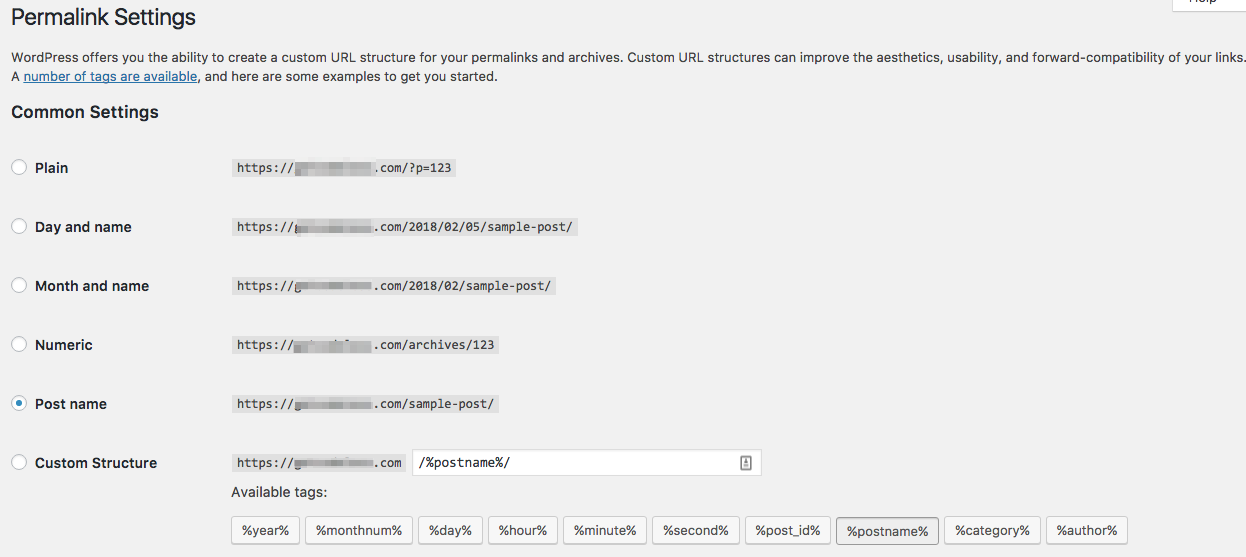
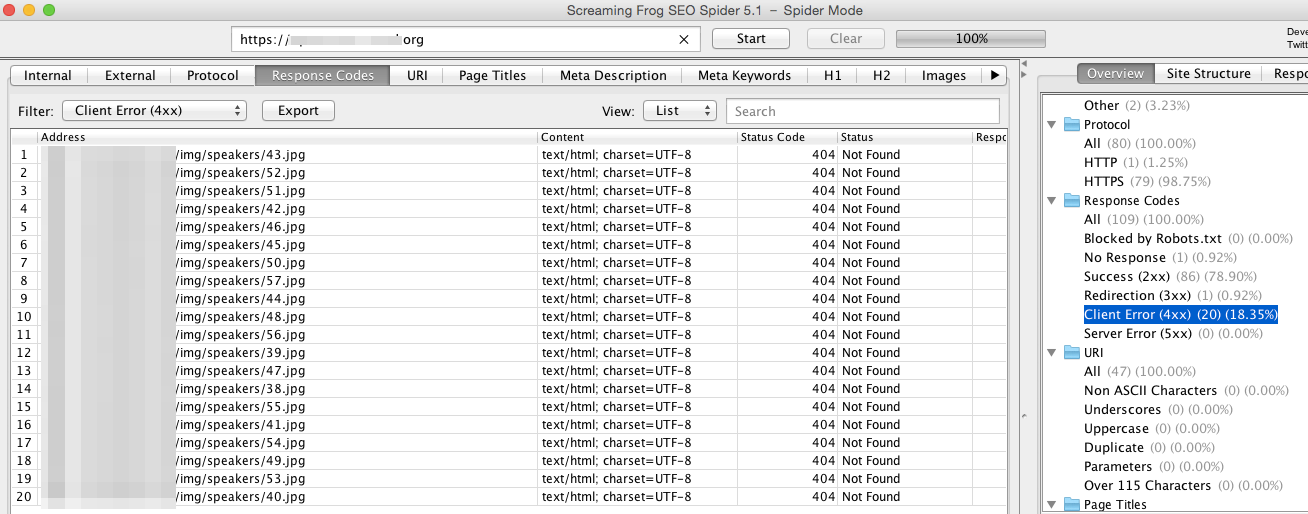

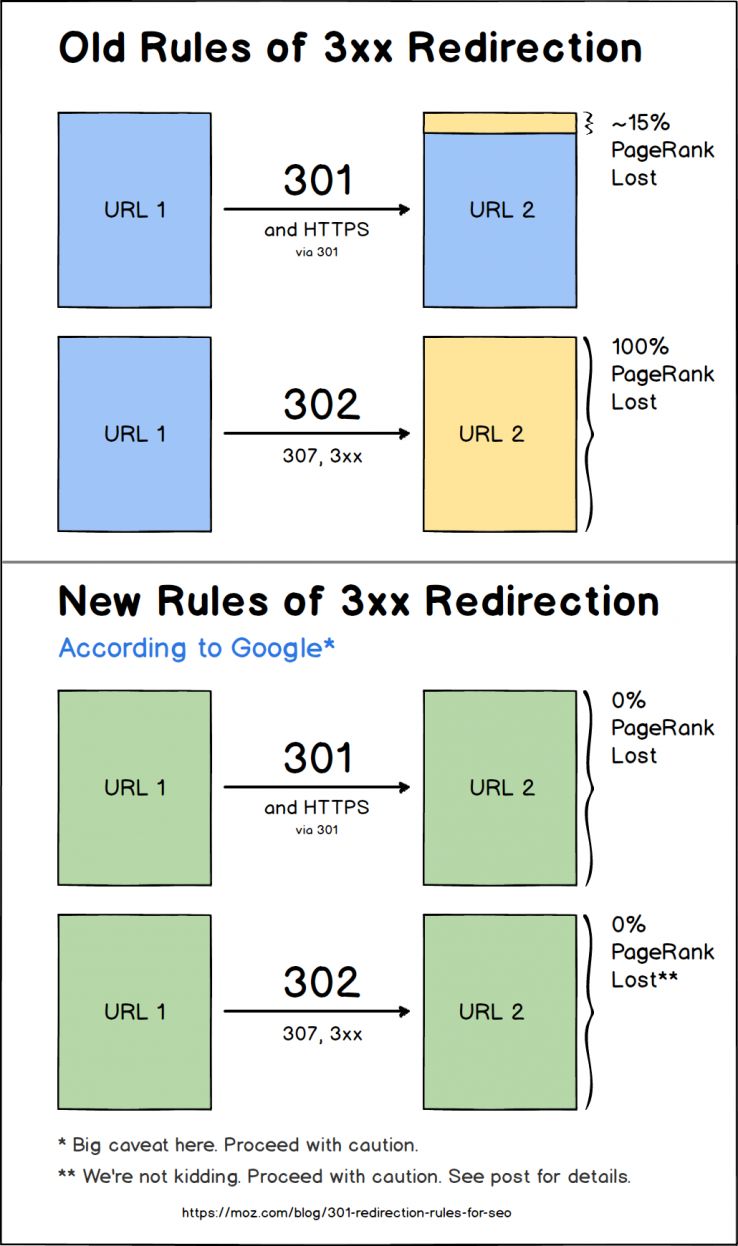



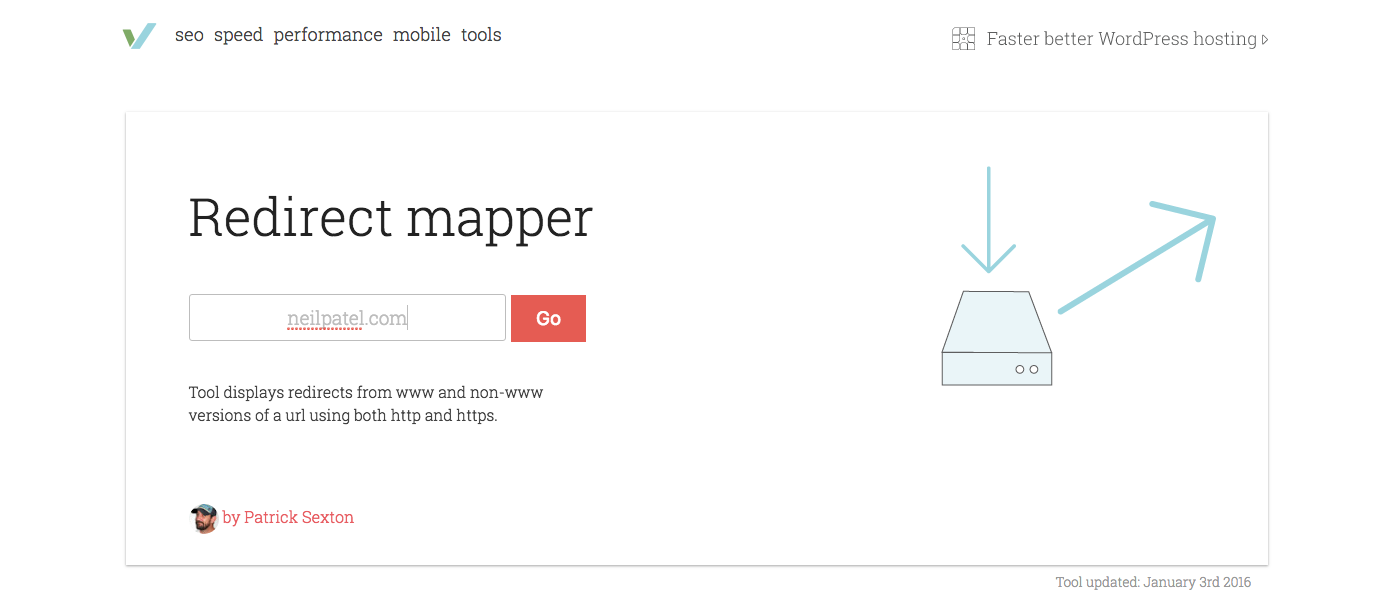
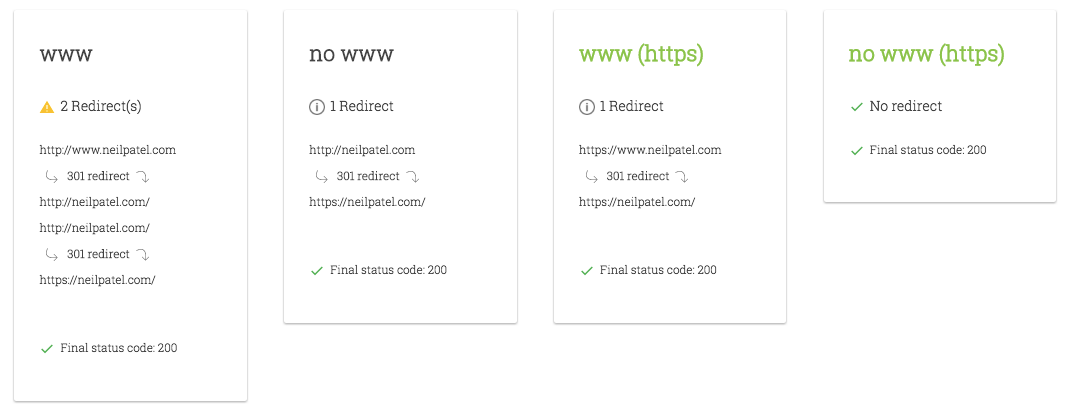


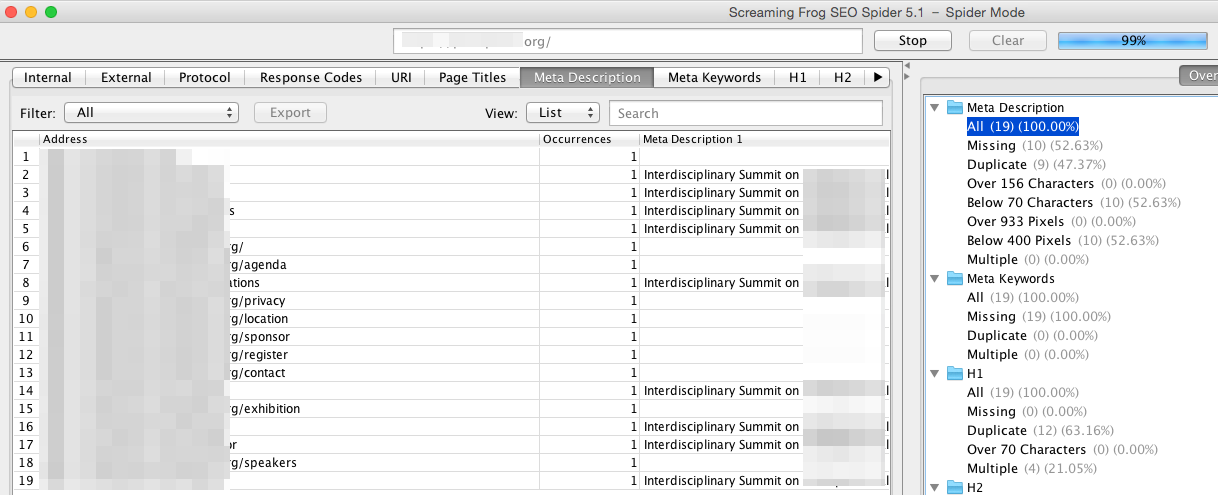
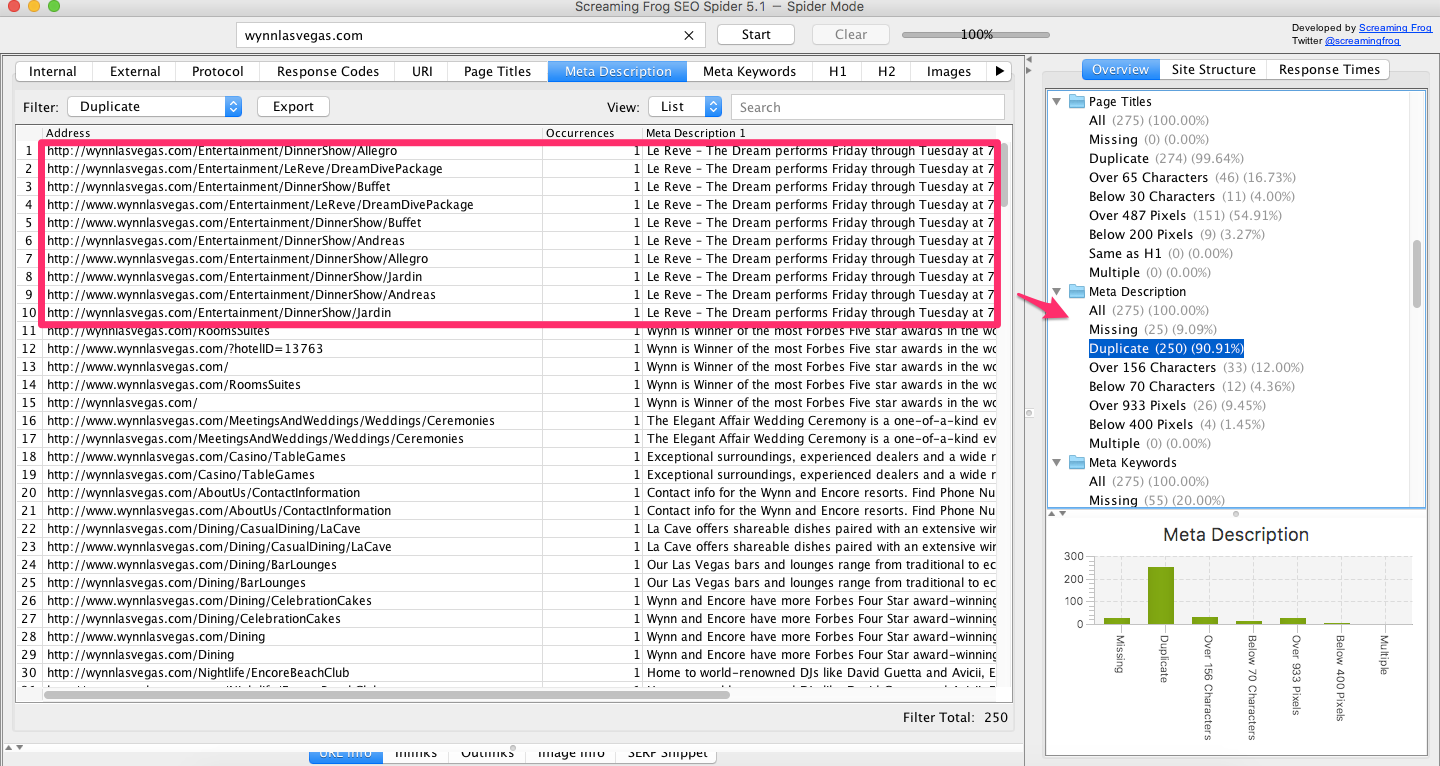
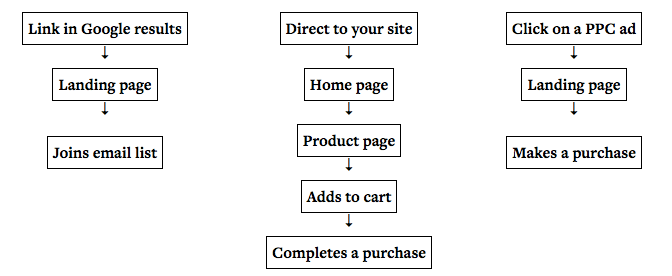

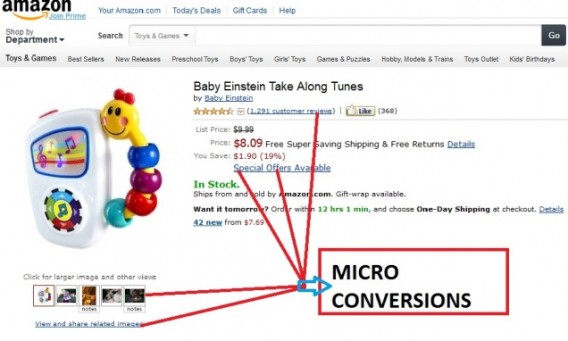
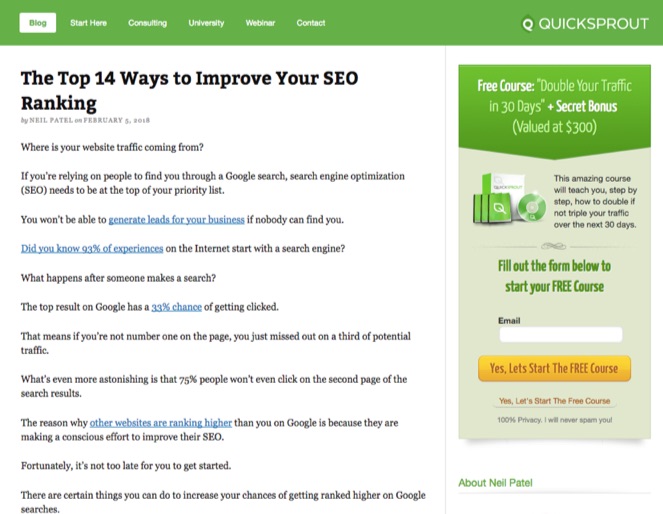

No comments:
Post a Comment